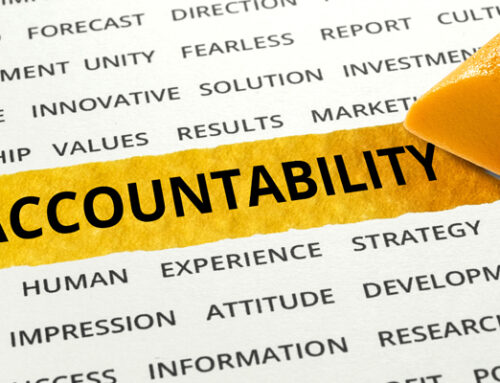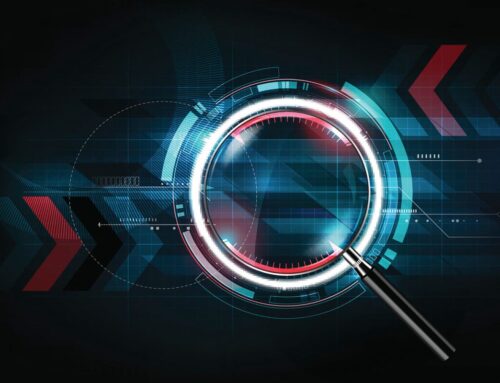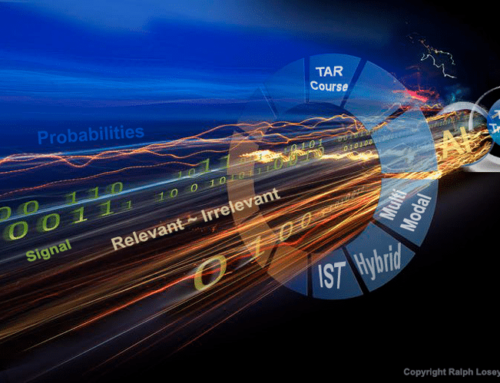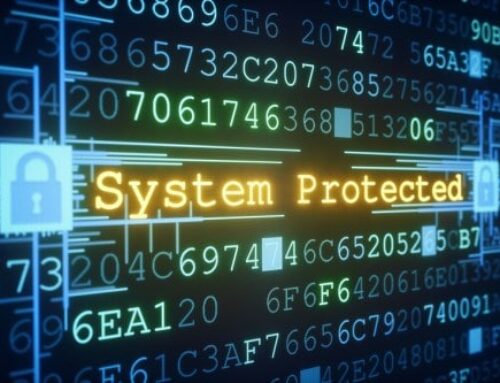Meet and Confer.
How important is the meet and confer (Rule 26(f)) in the realm of electronic discovery? It is the cornerstone of an electronic discovery production. You need to look no further than the agenda for the Georgetown Law CLE. Look at the emphasis placed on learning this valuable process. Practice sessions – coaching sessions.
The term “confer” requires a substantive conversation, in person or by telephone, in a good faith effort to resolve the motion without court action and does not envision written exchange of ultimatums. Counsel who merely attempt to confer have not conferred. An unanswered phone call or email is not a conferral. The law equires that the party who wishes to bring a demurrer or motion first engage in meet and confer. That means the lawyer must discuss the legal basis for the demurrer or motion and the opposing attorney must be given a chance to respond.
There are lots of resources available for Rule 26(f).
2019 eDiscovery Training Academy
If you enjoy a podcasts, here is a great one presented by Cloudnine.
Cloudnine: How to Prepare for Rule 26(f)
The ABA has informative articles as well. Here are two that are a must read.
American Bar: Tips on Rule 26(f) Conferences
American Bar: New Amendments to the Federal Rules of Civil Procedure
For more Tidbits & Thoughts, please click here.






